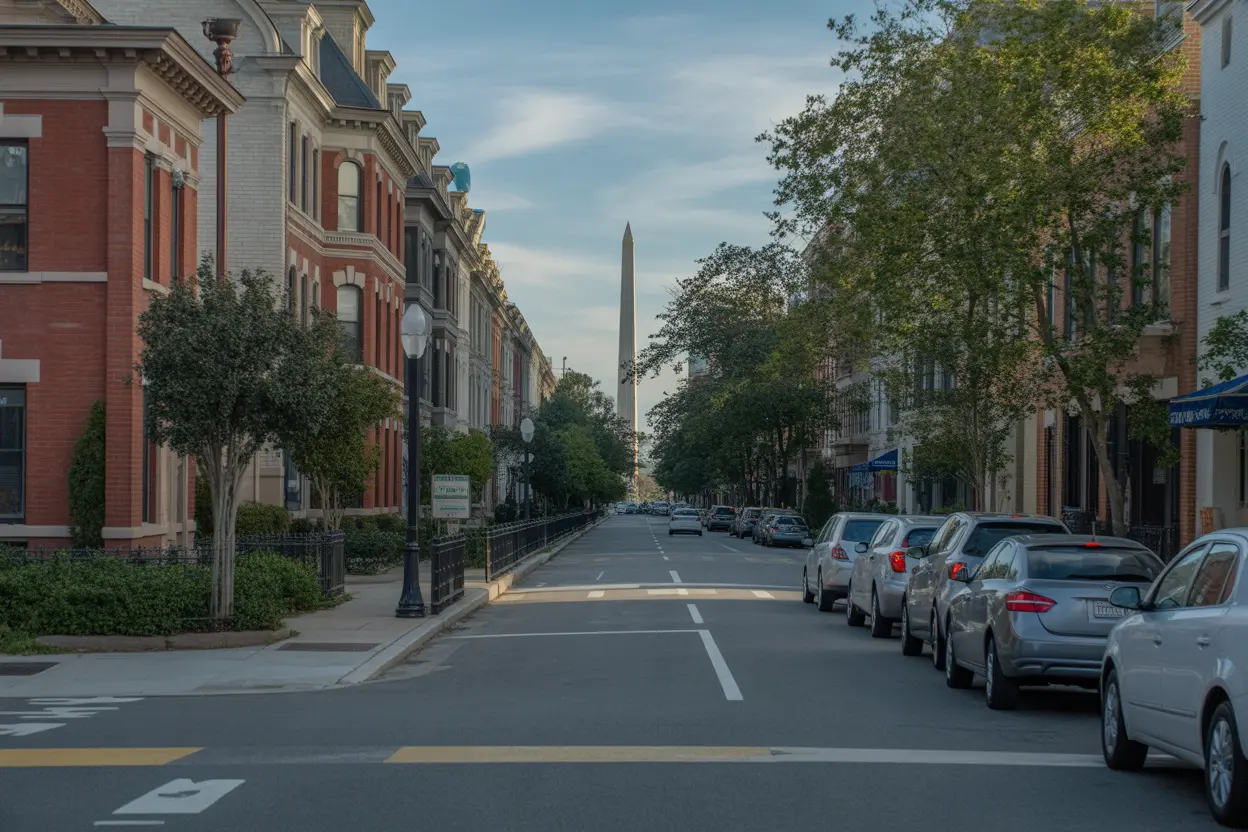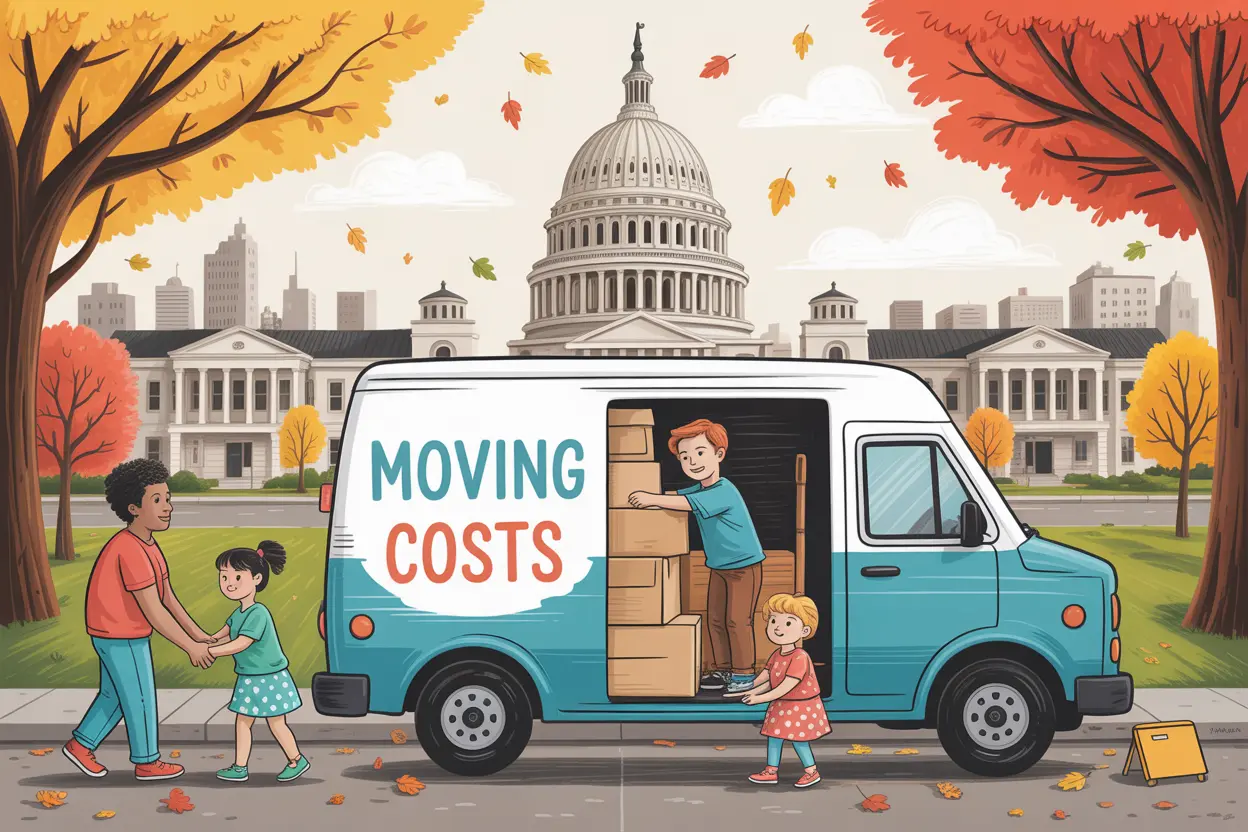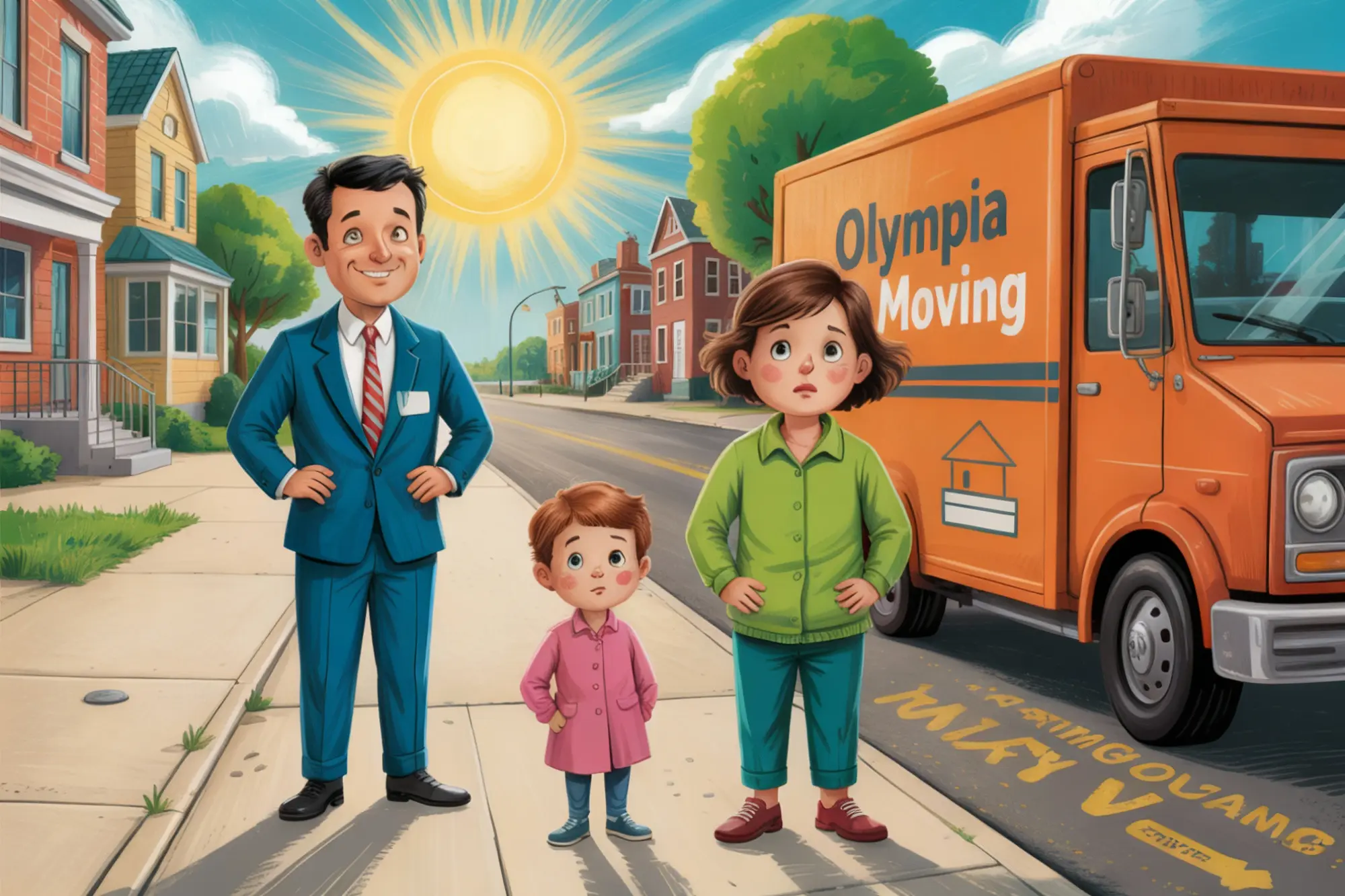Guide to Moving to Washington, DC: Neighborhood Tips & Parking Rules

If you’re planning a move to the nation’s capital, there’s more to consider than monuments and government buildings. Moving to Washington, DC involves understanding diverse neighborhoods, complex parking regulations, and practical relocation strategies. Whether you’re a professional relocating for work, a student starting a new chapter, or a family looking for dynamic urban living, this moving to Washington DC guide is designed to walk you through essential tips, highlight the best neighborhoods in DC, explain Washington DC parking rules, and help you understand how to legally park with a DC residential parking permit. Let’s help make your move smooth, informed, and stress-free.
Best Neighborhoods in DC
Washington, DC is made up of a variety of vibrant and distinct neighborhoods, each with its own charm and character. From historic brownstones and high-rise apartments to quiet streets and bustling commercial districts, it’s important to find a neighborhood that suits your lifestyle and budget. Here’s a breakdown of some of the best neighborhoods in DC to consider:
1. Capitol Hill
Capitol Hill is not only home to the U.S. Congress but is also a thriving residential neighborhood filled with historic rowhouses and a strong sense of community. Eastern Market is a centerpiece here, offering fresh produce, handmade goods, and local charm. Capitol Hill is ideal for professionals working downtown or families wanting proximity to the heart of the city.
2. Dupont Circle
Famous for its vibrant social scene, stunning architecture, and central location, Dupont Circle is perfect for those seeking an energetic and cosmopolitan lifestyle. You’ll find embassies, art galleries, bookstores, and abundant coffee shops. With plenty of Metro access, it’s highly walkable and bike-friendly.
3. Georgetown
Georgetown combines old-world charm with modern convenience. Its cobblestone streets, upscale shopping, and waterfront restaurants make it ideal for people who enjoy premium urban living. However, parking here can be especially strict, which we’ll discuss later in this moving to Washington DC guide.
4. Columbia Heights
This rapidly developing neighborhood is known for its diversity, culture, and affordability relative to other central DC areas. It offers plenty of retail, food, and entertainment options, making it a favorite among young professionals and new residents.
5. The Wharf / Southwest Waterfront
One of DC’s most modern developments, The Wharf offers luxury apartments, beautiful waterfront views, and plenty of dining and entertainment options. It’s a great pick for those craving an upscale lifestyle with easy access to downtown.
Moving to DC: Essential Tips
If you’re moving to Washington DC, preparation is key. Below are some essential tips to ensure your relocation goes smoothly:
- Determine your housing preference: Decide whether you prefer to rent or buy. DC’s market can be competitive, so consider working with a local realtor.
- Hire experienced moving professionals: Working with Olympia Moving & Storage ensures your move is efficient and stress-free. They are well-versed in the unique logistical challenges of moving in DC.
- Notify your building and city about move-in days: Many condo and apartment buildings in DC require advance notification for move-ins, including elevator reservations. The city also mandates temporary parking permits for moving trucks in non-commercial zones.
- Familiarize yourself with local laws and parking regulations: When you arrive, understanding Washington DC parking rules will prevent costly mistakes and fines.
Understanding Washington DC Parking Rules
Parking in DC can be one of the more frustrating aspects of urban life. The Washington DC parking rules are strictly enforced, especially in residential areas. Towing and ticketing are heavily policed, and double-parking is never tolerated. Here’s what you need to know:
Residential Parking Zones
DC is divided into multiple residential parking zones. Parking is typically limited to two hours for non-residents during weekdays. To park long-term, residents must apply for a DC residential parking permit.
Street Sweeping Rules
Street sweeping is strictly scheduled, and missing these dates results in fines. Always check local signage before parking your vehicle to avoid penalties.
Pay-to-Park Areas
Many commercial areas use metered parking. The ParkDC mobile app allows drivers to pay or extend meter times remotely. Meter times vary by location, so verify hours on the posted signs.
Moving Truck Permits
If you’re using a moving truck, you are legally required to obtain a Temporary Parking Permit from DDOT (District Department of Transportation). Permits must be applied for several days in advance and displayed on your vehicle during the move.
DC Residential Parking Permit
Once you’ve moved, it’s critical to secure a DC residential parking permit (RPP) if you plan to own and park a car in a zone-restricted neighborhood. Here’s how it works:
- Eligibility: You must have proof of DC residency and vehicle registration at your new address.
- Application: Apply through the DC DMV or in person at a DMV service center.
- Validity: Permits are issued annually and must be renewed.
This permit allows your vehicle to be parked without time restrictions in your assigned zone, helping you avoid hundreds of dollars in tickets annually.
Living in Washington DC
Living in Washington DC is rich with professional opportunities, cultural amenities, and green spaces. Here’s what many new residents love about DC:
- Proximity to Employment: Government agencies, non-profits, and global corporations make DC a thriving job market.
- Cultural Activities: Free museums, the Kennedy Center, vibrant nightlife, and sports make DC culturally diverse and engaging.
- Parks and Trails: Rock Creek Park, the National Mall, and the C&O Canal offer excellent outdoor activities.
The city also boasts strong public transportation, including the WMATA Metro system, a growing network of bike lanes, and plenty of car-sharing services. DC is a great place for those who prefer walking or public commuting, often making car ownership optional depending on your neighborhood.
Why Work With Experienced Movers
While many may try to handle their move alone, working with professional Washington movers saves significant time and lowers stress. Olympia Moving & Storage not only complies with all local regulations but can even coordinate parking permits and building requirements for you. Their knowledge of DC’s logistics is invaluable, particularly if you’re new to the city.
Checklist for a Smooth Move to DC
- Budget for Your Move: Include costs for movers, security deposits, parking permits, and Metro cards for daily commuting.
- Scout Your Neighborhood: Visit potential areas at different times of day to understand traffic and street parking.
- Understand Security & Safety: Subscribe to local alerts and check online neighborhood safety reports.
- Change Official Documents: Update your driver’s license and vehicle registration within 30 days of establishing residency.
Conclusion
Moving to Washington, DC is a major decision, but one filled with opportunities if approached with the right planning. Understanding local regulations like Washington DC parking rules, selecting the best neighborhoods in DC for your lifestyle, and securing a DC residential parking permit are all essential steps. With professional assistance from expert Washington movers and thorough pre-move planning, you’ll set yourself up for a successful transition. Welcome to life in the capital—a vibrant, historic, and endlessly inspiring city.


